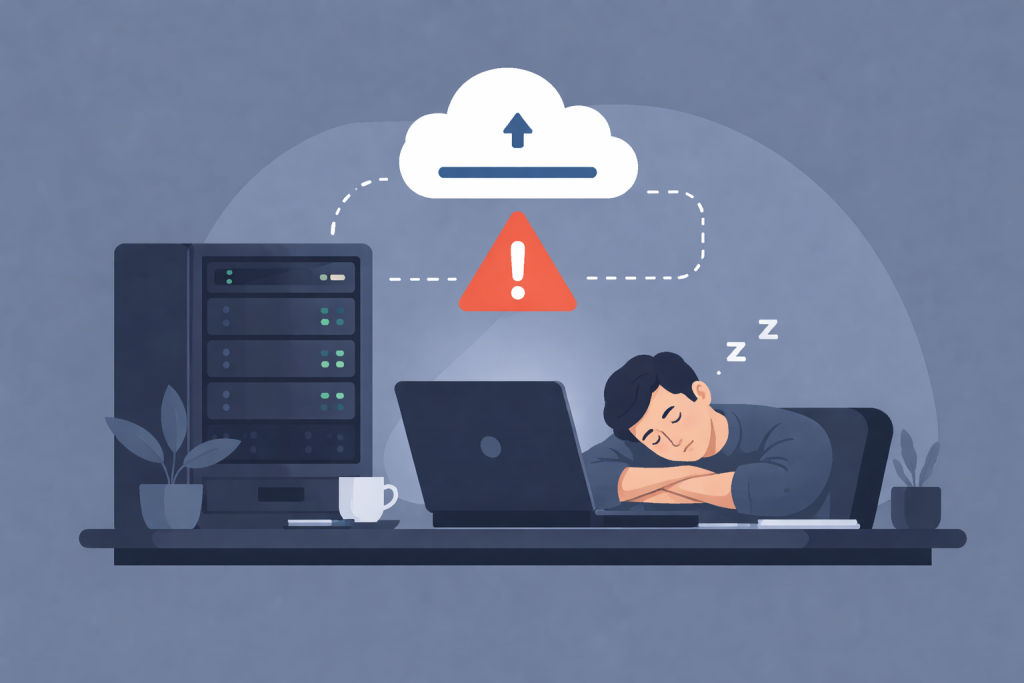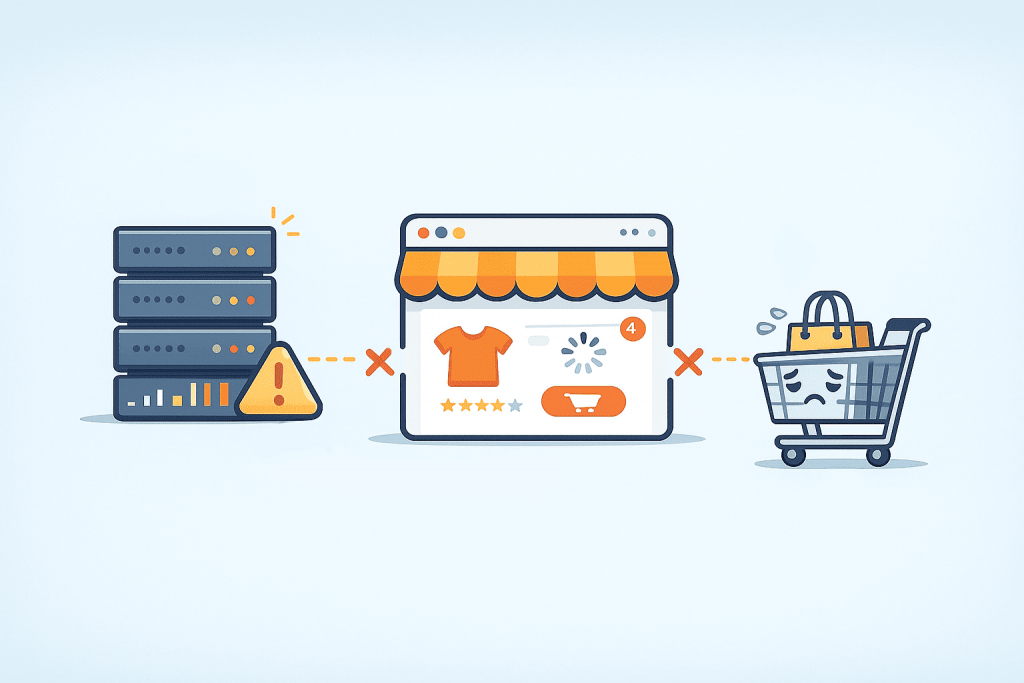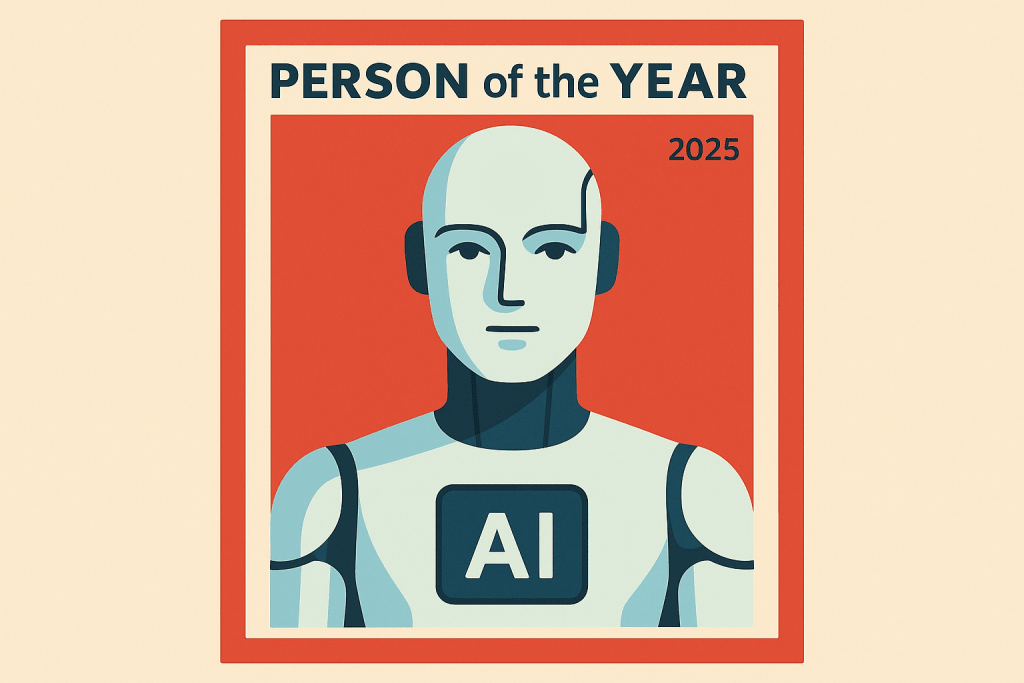
When ChatGPT appeared at the end of 2022, it was perceived more as a technological experiment. A simple chat capable of answering questions, explaining terms, and writing texts quickly attracted the attention of developers, copywriters, and technical specialists. But even then it was clear that this was only the first step. In a relatively short time, ChatGPT went from demonstrating the capabilities of artificial intelligence to becoming a full-fledged digital tool used by millions of people in their daily work.









